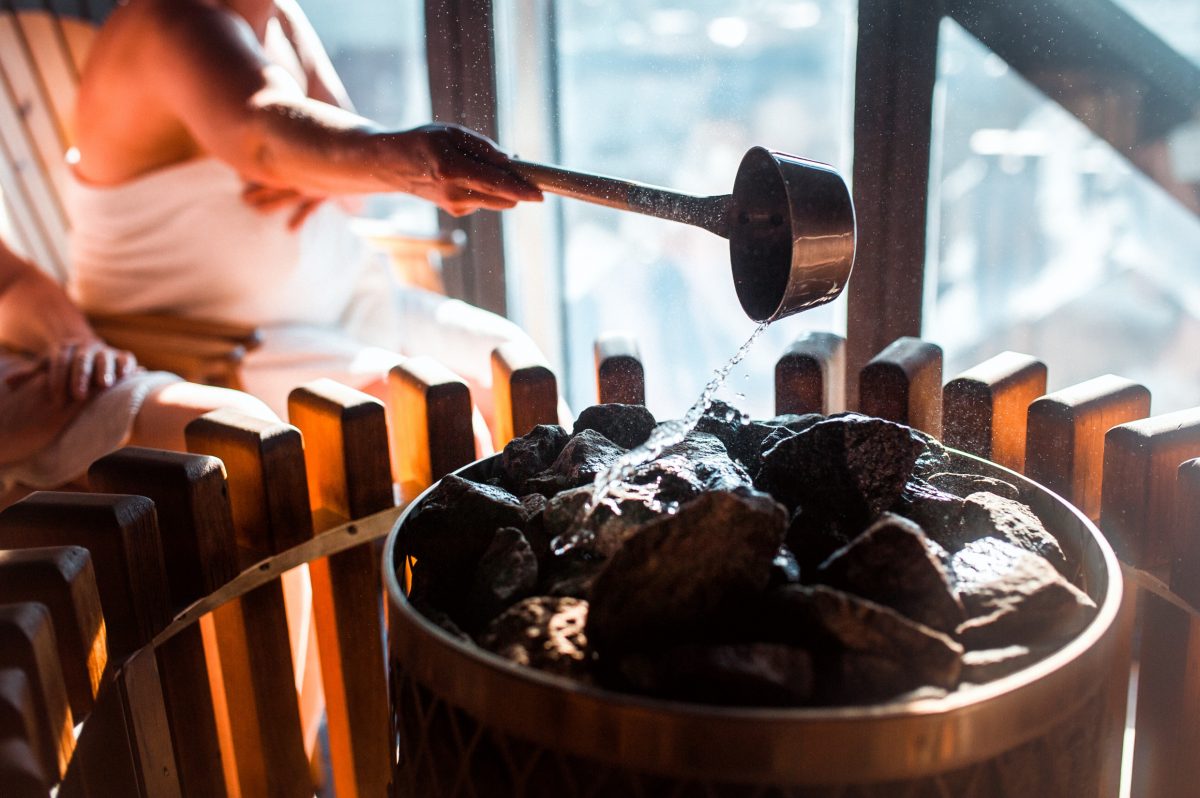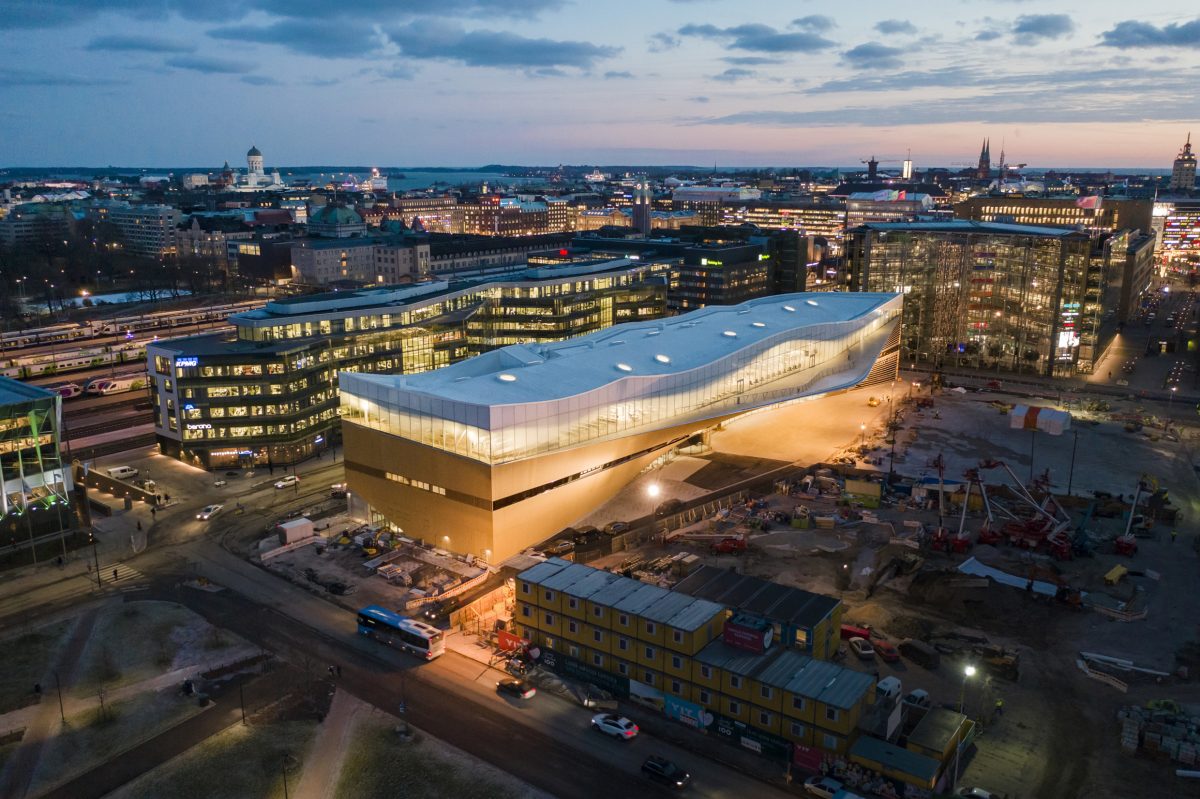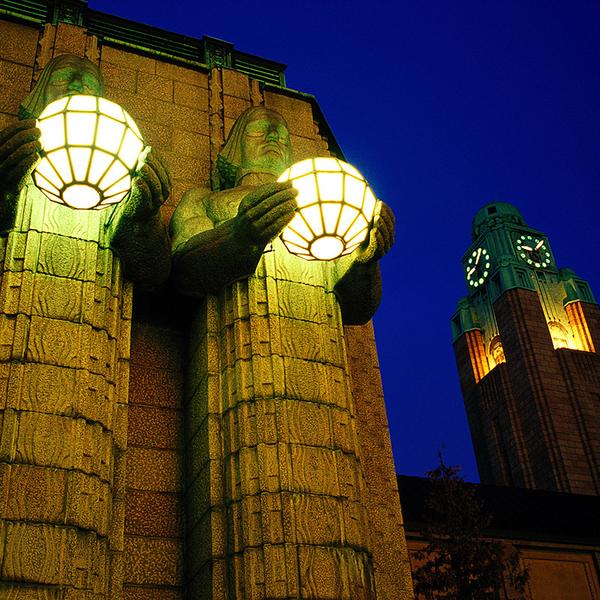The Ateneum Art museum appears on nearly every list of must-sees in Helsinki for good reason. Its grand halls and sculpture-adorned façade make it a sight worth seeing, but don’t stop at merely admiring the exterior. Within its ornate walls is an unmissable experience for visitors; nowhere else can you enjoy such a thorough perspective of Finland with such immediacy.
Visual imagery transcends language and a deeper insight into a country’s culture and history can be absorbed in the space of just a few hours, which makes it an essential visit on your itinerary. The collection creates a vivid picture of Finnish people and their country through the decades, as seen through the eyes of its artists.

(Image: Yiping Feng & Ling Ouyang/ Helsinki Marketing )
History of the Museum
Around the middle of the 19th century, the idea of creating a collection of art that was Finnish in identity began to take hold. Finland at this time was still under Russian rule, although it was an autonomous province. The first stirrings of a Finnish nation were afoot and many in the society believed that it was essential to create a collection of art that reflected this burgeoning sense of national identity.
This led to the establishment of the Finnish Art Society in 1846, and it was from this stage onward that the groundwork was laid for the creation of Ateneum as Finland’s first formal art collection. Much of the initial collection was built around generous donations, including from the Russian Tsar who was also the Grand Duke of Finland. The building of Ateneum led to some controversy initially, as some felt that it was too expensive and that it was too far removed from what was then the centre of the city.
Nonetheless, it was successfully opened and hosted its first public exhibition in 1888. Additionally, under the direction of Finnish literary scholar and professor Carl Gustaf Estlander, the first Drawing School of the Finnish Art Academy was established there, which was at that time the highest level of art education in Finland. The school still exists today as the Academy of Fine Arts and the University of Art and Design. Ateneum continued to operate as both a school and museum until 1991.
It was this initiative that in large part led to Finnish art truly taking flight. 1900 Finland was able to secure its own pavilion at the prestigious Paris World Fair, despite still being under Russian rule. The flourishing art scene was reflected in the increasing amount of artwork created by Finnish artists in the collection, which had started in the early 1800s under the Art Society and had initially been mostly comprised of foreign pieces.
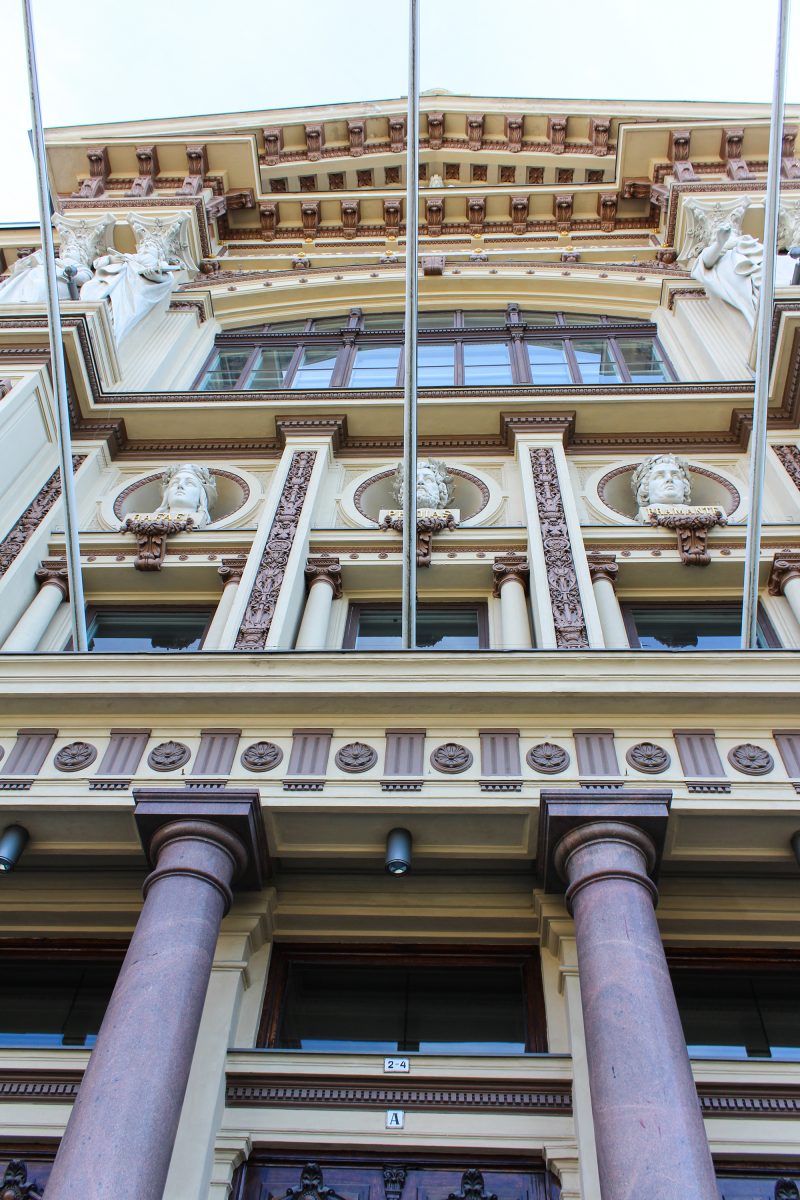
(Image: Maritta Jones/ Discover Helsinki)
About the Collection
The first and second floors of the museum are dedicated to Ateneum’s permanent collection, called the Stories of Finnish Art. Through its collection, which dates from the late 18th century up to 1970, one can see the progression of different movements in Finnish art from the classical to the contemporary.
There is also a selection of international artworks, including the painting Street in Auvers-sur-Oise by Vincent Van Gogh which was acquired in 1903. This purchase made Ateneum the first gallery to acquire a painting by the now internationally renowned and beloved artist, despite his reputation as an eccentric at that time.
Ateneum is one of three parts of the Finnish National Gallery, together with Kiasma Museum of Contemporary Art which features works from 1970 onward, and the Sinebrychoff Museum with its internationally focused collection.
Sequentially Ateneum is a good starting point, and for those wishing to learn about Finland through its art, it is – as rightly pointed out by Museum Director Marja Sakari – where all the masterpieces of Finnish art can be found.
In discussing the collection, Director Sakari highlighted the painting “Conveying the Child’s Coffin” by Albert Edelfelt as one that every visitor should see. It is a moving piece, grave in tone because of its subject, but in many ways, this painting represents Finland, through its vivid depiction of the sea or lake which is a distinctive feature of the Finnish landscape, the traditions of its people and their quiet dignity even in utmost grief. It tells the viewer much about Finland and Finnish mentality, which tends toward seriousness and the enjoyment of simplicity.
Exhibitions to See
Here are some of the exhibitions that you can look forward to throughout the year:
Frantisek Kupka – See the works of the pioneering Czech in this exhibition which follows the progression of his entire career and which parallels the development of Western art from traditional realism to abstraction. Currently ongoing, ends May 19, 2019.

(Image: Maritta Jones/ Discover Helsinki)
Silent Beauty – This exhibition explores the parallel aesthetics of Nordic and East Asian art. The exhibition will feature architecture, ceramics and textile art from Finland, Sweden and Japan with an emphasis on the 1950s to ’60s. The exhibition celebrates 100 years of diplomatic and commercial relations between Japan and Finland. Open from June 14 to October 6, 2019.
Helene Schjerfbeck – Through My Travels I found Myself– One of Finland’s most important artists, the exhibition of works by Helene Schjerfbeck (which is currently ongoing at the Royal Academy of Arts in London) will open at Ateneum in November. The exhibition explores the influence of travel and locale upon the mind of the artist. Open November 22, 2019 – 26.1.2020.
Special Thanks:
We would like to thank the Director of Ateneum, Marja Sakari, for graciously sharing her time and knowledge with us.
General information:
Address: Kaivokatu 2, 00100 Helsinki
Opening hours: Tue, Fri 10am–6pm/ Wed, Thurs 10am–8pm / Sat, Sun 10am–5pm. Closed on Mondays.
Ticket sales end 30 minutes before museum closing time.

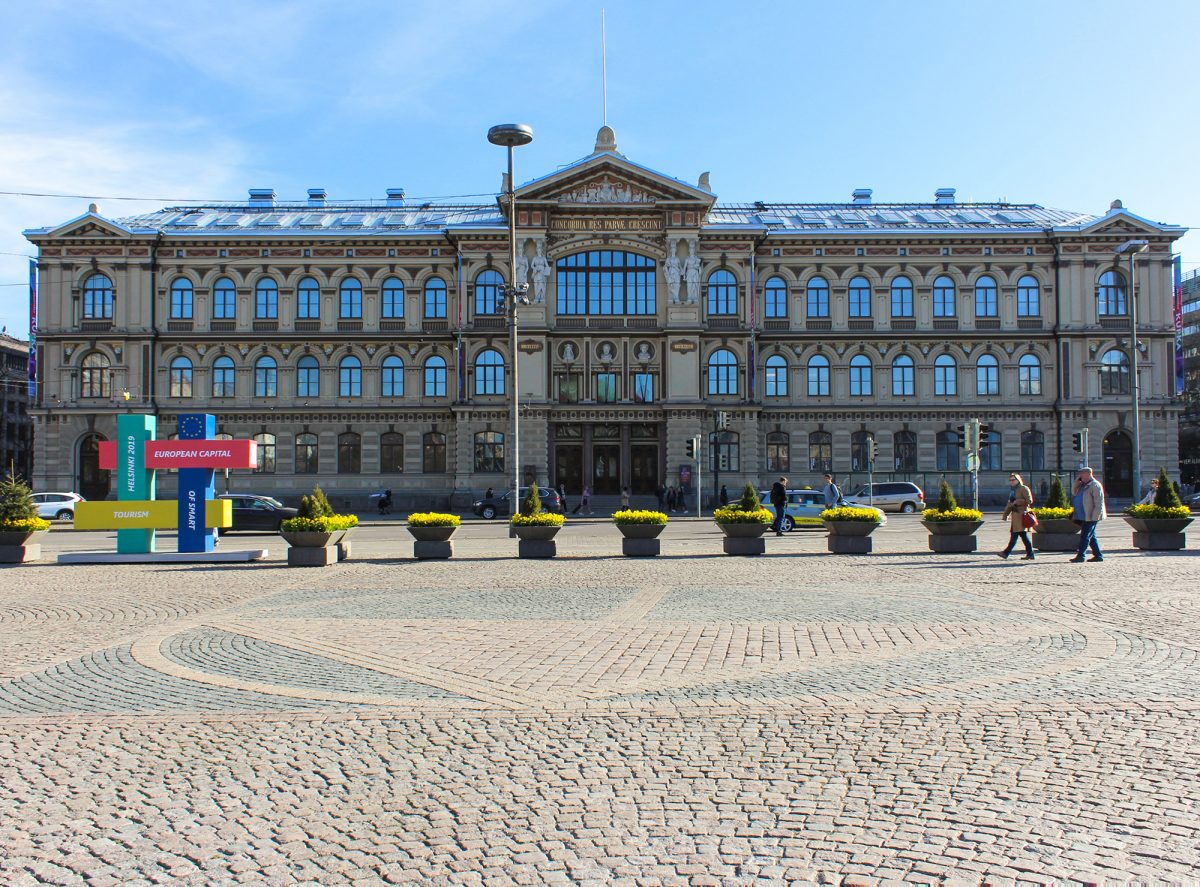
 Our app gives you information that will save you both time and money during your stay in Helsinki.
Our app gives you information that will save you both time and money during your stay in Helsinki.

